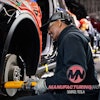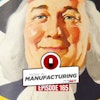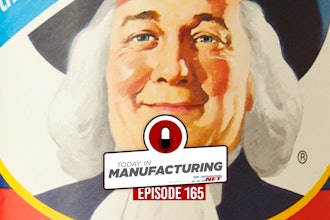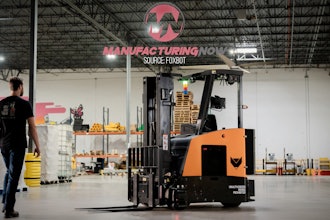It’s time to embrace the power of Kickstarter.com and like-minded sites that offer a crowdsourcing funding platform for new products attempting to enter
the market. While the site is used to fund everything from films and music to new technology, Kickstarter has become a force to be reckoned with when it comes to the world of engineering start-ups. Since its launch in April 2009, more than $350 million has been pledged to projects by more than 2.5 million people, funding more than 30,000 projects.
Each project is independently controlled by the person behind it, the entrepreneur with the drive and passion to see it through until the end, funded or not. Of course, it could also be utilized by the fanatic who thinks he has created the next big game in children’s entertainment using duct tape, a series of PVC pipe, and a rubber ball — to each their own. Projects are supported by “backers” who, depending on their level of support, will receive various “rewards” instead of financial equity. Typically, the designers spend weeks building product pages, crafting professional promo videos, and brainstorming the rewards that will be offered to backers. If you strongly believe in a project, you can empty your savings account and have dinner with the creators (expenses not included), or you can bid a dollar to feign support for a friend who is hoping to launch a graphing calculator/watch combination.
Each project creator sets a funding goal and deadline. If the community likes the project, they can pledge money to help make it happen. What I find most interesting is that you’re not on the hook for your contribution unless the project meets its goals. This stipulation forces the project creators to set realistic goals and expectations, but it also doesn’t force them to take a tenth of their budget and make the rewards happen for a few backers. It’s an all-or-nothing approach and it is a great test of an idea’s viability. I thought about giving it a shot, but it turns out that ironic buttons are a bit of a non-starter — I suppose that it’s best to save that one for friends and family.
The all-or-nothing approach puts the onus on the project creator, but it also installs a sense of ownership upon the project’s backers. If they believe in a project enough to back it with their money, they are likely to encourage others to do the same .Oh yeah, and it works. According to the site, of the projects that have reached 20% of their funding goal, 82% were successfully funded. Of the projects that have reached 60% of their funding goal, 98% were successfully funded. Projects either make their goal or find little support, and to date, 44% of all projects have reached their funding goals. The cost is quite reasonable as well, as successfully funded projects only need to kickback a mere 5% for the website’s troubles, as well as additional 3-5% payment processing fees.
In October, Corr-Tech CEO Charlie Corry raised $172,529 from 1,981 backers to fund his iExpander design. Corry blew away his $125,000 goal for his iPhone accessory prototype, which expands the device’s memory, doubles the battery life, and includes a supercapacitor-powered LED flash that doubles the light energy. The backer pledges will help pay for the plastic injection mold tooling, agency approvals, and app finalization. Corry will also use the funds to place bulk orders for components and materials, which will help him keep the iExpander’s price down. I encourage you to learn more about the project by watching Engineering Newswire: Episode 10 — a part of Product Design and Development's foray into video programming.
The greatest Kickstarter success story that I have ever read can be found here, where Chris Fox writes the story of Formlabs, the Cambridge, MA company that attempted to raise $100,000 in one month for its FORM 1 3D printer. With a week to go, the startup had raised more than $2.3 million. Behold the new power of crowdsourcing.
What’s your take? Email [email protected].






















